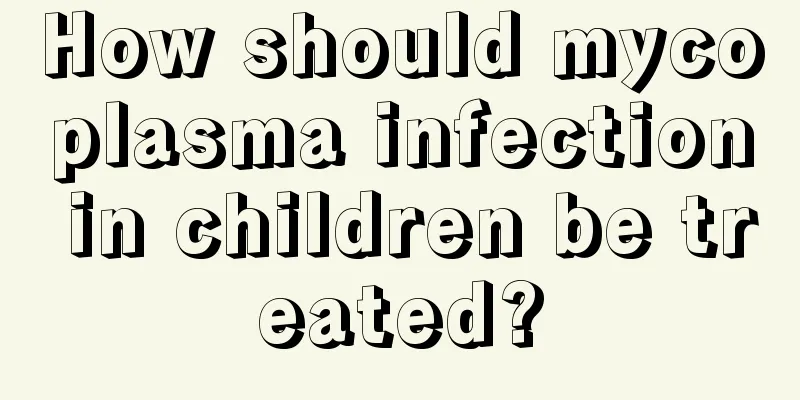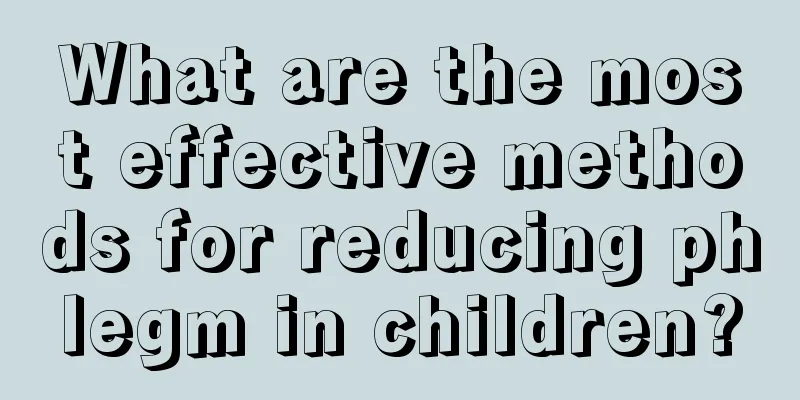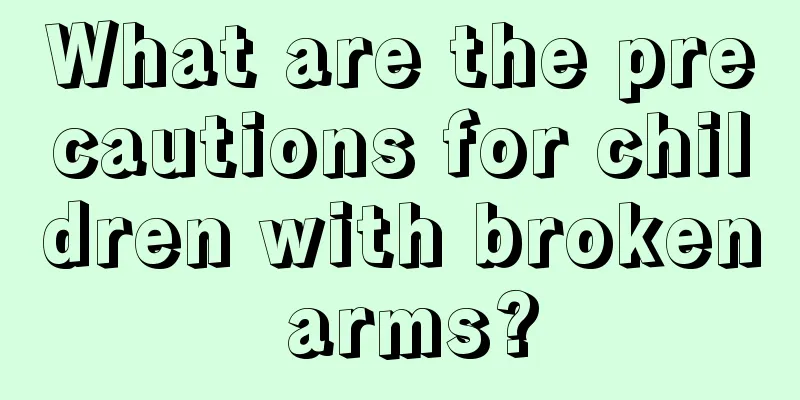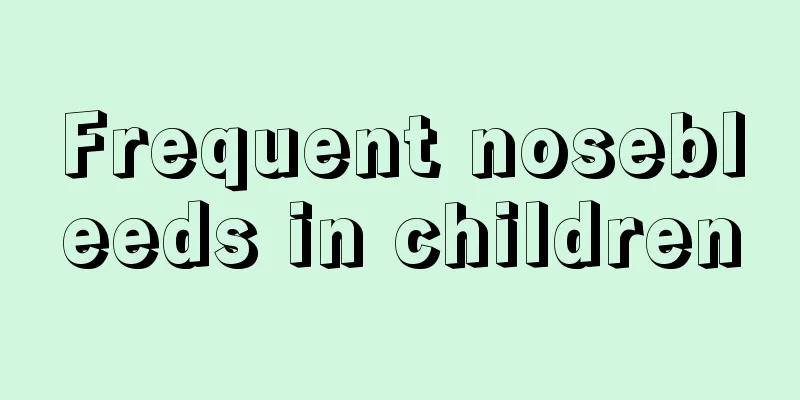How should mycoplasma infection in children be treated?

|
Children are young and have weaker resistance. Unlike adults like us, they do not have good immunity to diseases and are easily invaded by viruses, leading to the occurrence of some diseases. For example, mycoplasma pneumonia is most likely to occur in children, causing many children to suffer from treatment. At this time, parents must be feeling uncomfortable and would rather be sick themselves than have their children tortured by illness. As parents, we must learn more about this disease, which occurs frequently in children. The main pathogen of this disease is Mycoplasma pneumoniae, which is the smallest known pathogenic microorganism that can live independently, between bacteria and viruses, and can pass through bacterial filters. The pathogen has a diameter of 125 to 150 mm, which is similar to the size of myxovirus. It has no cell wall, so it appears in various forms such as spherical, rod-shaped, and filamentous. It is Gram-negative. Able to withstand freezing. It can only survive for a few hours at 37°C. Clinical manifestations 1. The incubation period is about 2 to 3 weeks (8 to 35 days). 2. Symptoms vary in severity. Most cases have a mild onset and present with symptoms such as fever, anorexia, cough, chills, headache, sore throat, and pain under the sternum. The body temperature is between 37 and 41°C, most of the time around 39°C. It may be continuous or remittent, or there may only be a low-grade fever or even no fever. Most coughs are severe, with a dry cough at the beginning, followed by sputum (occasionally containing a small amount of blood), and sometimes paroxysmal coughs that are somewhat similar to whooping cough. Nausea, vomiting, and transient maculopapular rash or urticaria may occur occasionally. Generally there is no dyspnea, but infants may have wheezing and dyspnea. 3. Physical signs vary according to age. Older children often lack obvious chest signs. In infancy, percussion may reveal mild dullness, decreased breath sounds, moist rales, and sometimes signs of obstructive emphysema. When children with sickle cell anemia develop this type of pneumonia, symptoms often worsen, with symptoms such as dyspnea, chest pain, and pleural effusion. 4. The natural course of the disease varies from 2 to 4 weeks. In most cases, the fever subsides in 8 to 12 days, and the recovery period takes 1 to 2 weeks. The X-ray shadow disappears completely, which may last 2 to 3 weeks longer than the symptoms. Relapses may occasionally occur. It is currently believed that the occurrence of complications of mycoplasma pneumonia is related to immune mechanisms. Therefore, in addition to actively treating pneumonia and controlling MP infection, hormones can be used according to the condition of the disease, and different symptomatic treatments can be adopted for different complications. Strengthen preventive work in daily life, eat more fruits and vegetables to improve your immunity, and strengthen exercise to improve your resistance. |
<<: How to treat a 4-month-old baby’s cold and cough?
>>: What should I do if my child has a cold, fever, or sore throat?
Recommend
What can children eat to grow taller?
I believe that when we were young, every time we ...
Can children use electric fans when they have a fever?
As we all know, babies at home are prone to fever...
What causes shortness of breath in children?
Shortness of breath is a common symptom among man...
What should I do if my child has a fever after being frightened?
For children, since they have been exposed to ver...
How to solve the problem of eye mucus in the corners of newborns' eyes
One thing that many new mothers have experienced ...
What should I do if my child falls and gets a big bump on his head?
We all know that children are lively and active b...
What to do if your baby's head tilts to one side when sleeping
Seeing a baby sleeping peacefully is believed to ...
Why do children's faces turn yellow?
For many mothers, the baby's yellow complexio...
Post-circumcision care for children
Circumcision is the most common male surgery. The...
Transparent blisters on children's feet
If a child develops transparent blisters on his f...
Causes of dark circles under children's eyes
The physical health of children is an issue that ...
What to do if your one year and three month old baby doesn't like to eat
The child is one year and three months old and do...
Prevention of children's diseases in autumn
In autumn, the temperature difference between day...
Candidal Stomatitis
However, if you find that your baby often cries w...
What's wrong with my child's black poop?
Everything about the children concerns the parent...









